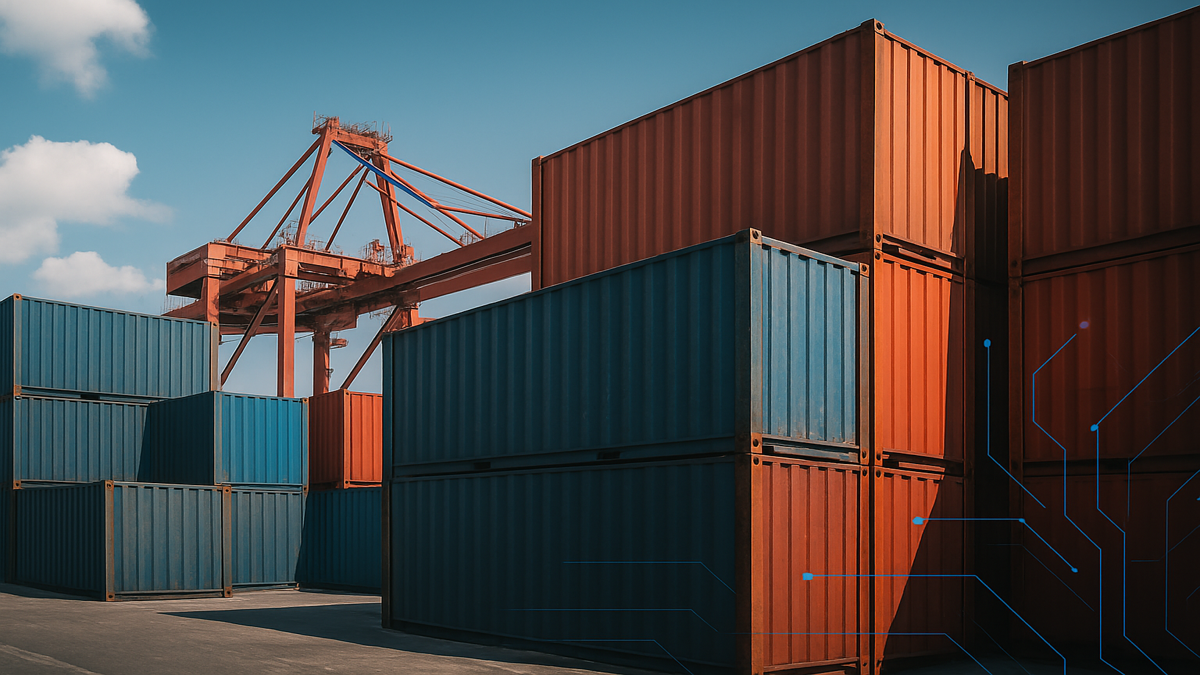As cyber adversaries become more adept at infiltrating upstream software and hardware, the focus shifts to the necessity of robust supply chain security. Recent reports indicate that attacks exploiting trusted channels—such as malicious updates and wiped components—are increasingly common. These emerging threats require organizations to reassess their defenses and strategies to protect against potential breaches.
Colin Fraser, Director at i-confidential, emphasized the importance of monitoring third-party risks continually, stating, “Organizations must vet their suppliers, ensuring they practice good cybersecurity hygiene.” As supply-chain attacks mount, companies are urged to limit exposure during incidents involving partners, which has become paramount in maintaining their overall security posture.
Despite rising national security concerns, companies affiliated with the Chinese military remain embedded in the U.S. digital supply chain, providing crucial infrastructure that poses potential cybersecurity threats. Given the expanded attack surface, Chief Information Security Officers (CISOs) must widen their security strategies beyond organizational boundaries to mitigate risks.
Emerging tools such as Software Bill of Materials (SBOMs) are becoming operational necessities rather than mere compliance artifacts. They are integral in identifying software vulnerabilities as regulations push for transparency in supply chain practices. The U.S. Executive Order on Improving the Nation’s Cybersecurity further highlights the government’s commitment to enhancing these security measures.
Meanwhile, artificial intelligence is not only perceived as a risk but is also being utilized as a defensive tool in cybersecurity. From predicting potential compromises to enforcing zero trust principles, AI is making significant strides in enhancing threat detection capabilities. However, the adoption of generative AI has sparked concerns among supply chain leaders about data security and trust in the answers provided by AI systems.
Efforts for real-time supply chain visibility are gaining traction, driven by IoT telemetry and blockchain technologies. Companies like BMW are leveraging blockchain to ensure traceability of materials across their complex supply chains. This shift to enhanced transparency is crucial amid the increasing complexity of vulnerabilities and the consequences of the COVID-19 pandemic, as outlined by Nate Warfield of Eclypsium.
In conclusion, defending against supply chain attacks is no longer just a technical challenge; it requires a comprehensive strategy that involves all levels of an organization. With an emphasis on continuous validation of trust and diligent monitoring, businesses can fortify their defenses against these sophisticated cyber risks.

